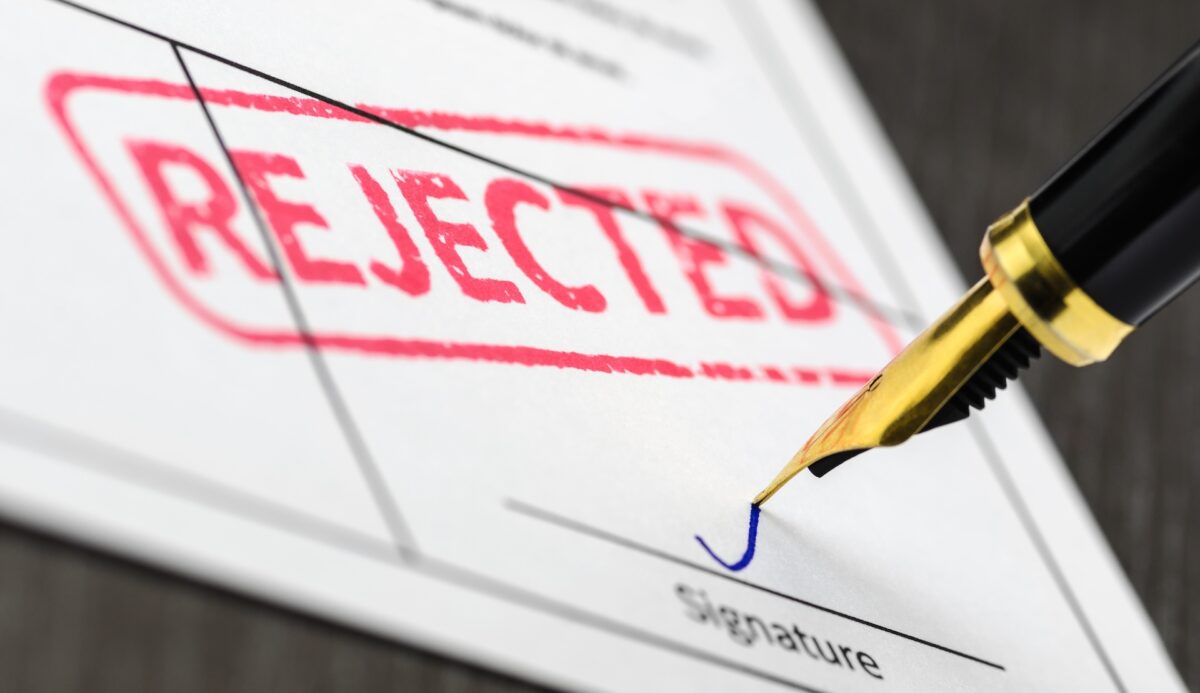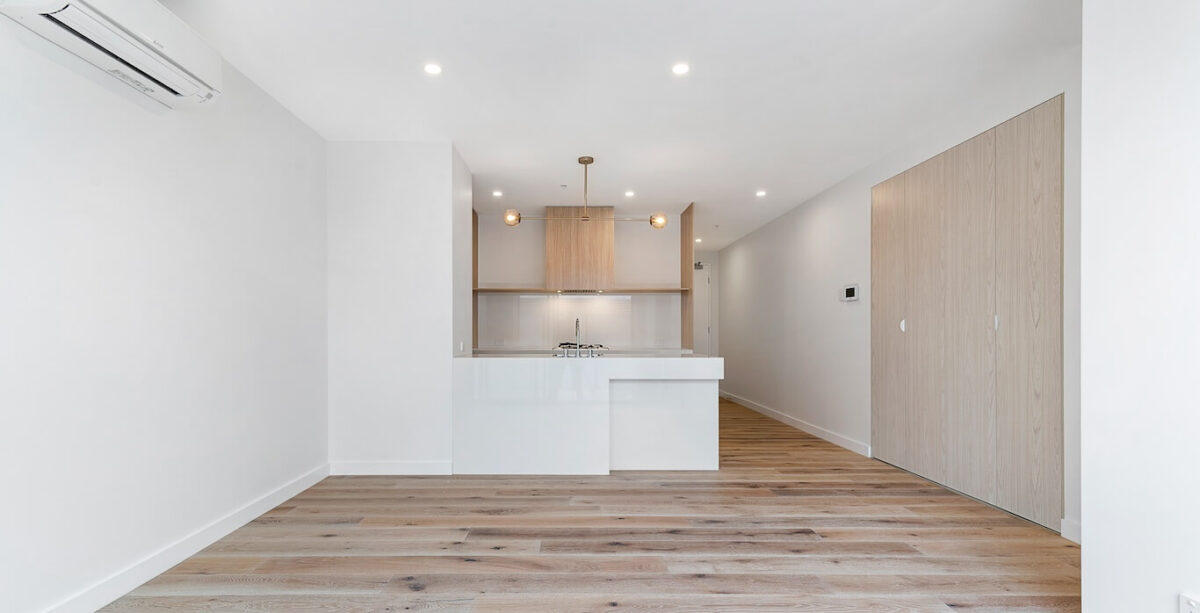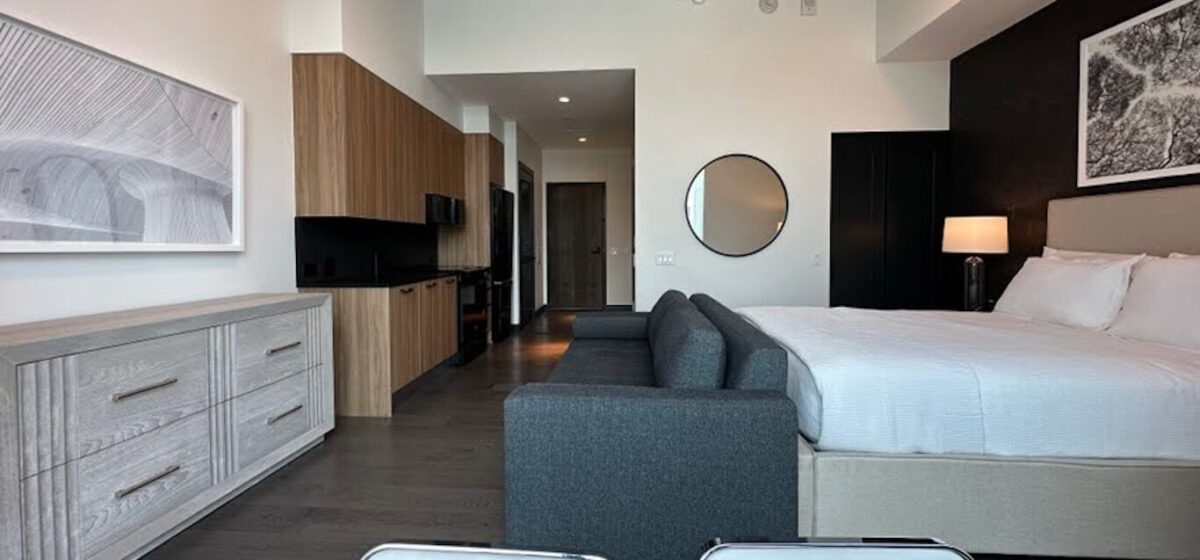There’s no doubt about it: Like pretty much everything else in life, the cost to rent an apartment in the U.S. is going up.
Median monthly rent for U.S. apartments rose by 15 percent from 2000 to 2016, according to Harvard University’s Joint Center for Housing Studies. During that time, the median monthly rent went from $850 to $980.
To reduce the cost of an apartment, some renters turn to something called income-restricted housing. At complexes that offer income-restricted apartments, the monthly rental amount takes into account the renter’s income.
How does all of this work? Here are four things you should know before renting an income-restricted apartment.
1. Income-restricted apartments are designed to be affordable.
Income-restricted apartments are meant to help lower-income people afford a place to live. If you qualify for an income-restricted apartment, the savings can be significant.
To be approved for an income-restricted apartment, a household’s gross annual income must be at least 50 or 60 percent less than the median income of the area where you’re looking for an apartment. This percentage depends on the landlord and the type of unit you’re considering. The U.S. Department of Housing and Urban Development (HUD) sets the income guidelines each year.
Here’s an example of how income-restricted housing works.
As of April 2018, a single person making 60 percent of the median income in Phoenix would pay $777 for a one-bedroom apartment or $933 for a two-bedroom apartment in Phoenix, according to the Arizona Department of Housing.
By comparison, the average April 2018 rent for a one-bedroom apartment in Phoenix was around $860 and around $1,000 for a two-bedroom apartment.
The rent for an income-restricted apartment doesn’t go up or down based on your income.
So, if you pay $777 a month for a one-bedroom, income-restricted apartment that’s identical to the one-bedroom, income-restricted apartment next door, your monthly rent also is $777. It doesn’t matter that your neighbor’s take-home pay is slightly more than your pay, as long as both of you meet the income guidelines.
2. The landlord of an income-restricted property will check your background.
As apartment landlords usually do, the landlord of an income-restricted property will make sure you can afford the rent by verifying your employment and income. This also allows the landlord to confirm that your income matches what’s required for an income-restricted apartment.
In addition, the landlord normally will look at your credit record, rental history, and criminal background before approving your rental application.
By the way, don’t lie about income or anything else on your application. If the landlord discovers the lie before you sign a lease, your application could be rejected. Or if the lie is uncovered after you’ve signed a lease, you could be evicted.
3. Income-restricted apartments aren’t public housing.
Income-restricted apartments are owned and operated by private landlords.
But if you live in public housing, a government-run housing authority owns your building and is your landlord, according to the Massachusetts Law Reform Institute. In a few cases, a private company manages the property but the housing authority still owns it.
Typically, rent in public housing is based on a percentage of a renter’s annual income, so one renter might pay a lot less than a neighbor does for an identical apartment. This is known as income-based housing. Most residents of public housing pay 30 percent of their adjusted gross income, which is gross income minus tax deductions.
4. Income-restricted apartments often look like more expensive apartments.
In many cases, you can’t tell the difference between an income-restricted property and a traditional property, since they often appear a lot alike both inside and outside.
Here’s a description of an income-restricted apartment community in Texas:
“Beautifully landscaped grounds contain a swimming pool, picnic area, and a playground. We provide a fantastic clubroom with full kitchen, a fitness center, and an on-site laundry facility. Our apartments offer walk-in closets, large patios, fully equipped kitchens, and full-size washer/dryer connections.”
Sounds pretty great, right? Income restricted rental programs may be more common than you realize. Rental companies will often offer conventional and income restricted apartments side by side. You just have to know where to look and ask! Even if you’re not eligible for such apartments in your area, you can still find affordable apartments on ApartmentSearch. Search for apartments by price and once you sign your lease, get paid $200 in rewards.



